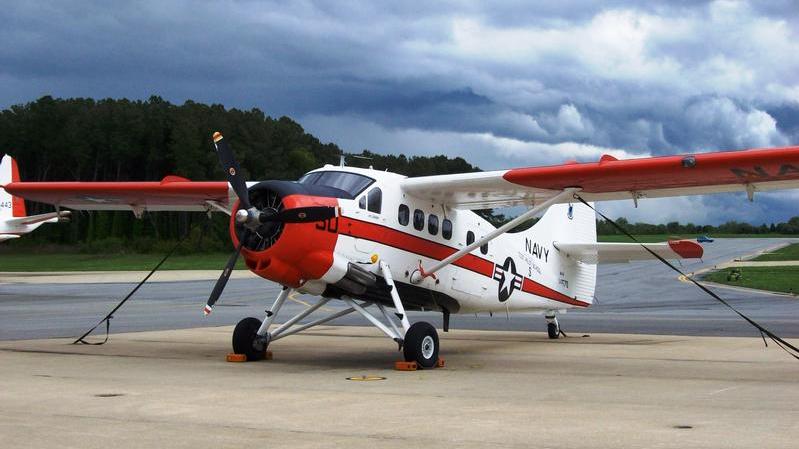Aircraft Information
> Aircraft Make: DeHavilland. Model: DHC-3. Nickname: Otter
> Aircraft Mil Civ Description: Airplane SE Piston
> FAA Category and Class: Airplane Single Engine Land (and Sea)
> Engine Description: single piston (radial)
Aircraft Experience
> As of: 11/4/2024
> Number of Hours Flown: 41
> Number of Times Flown: 26
> Other Aircraft Models Associated: Turbine Otter (never flown one)
First Flown Information
> Sequence First Flown: 21
> Date First Flown: 3/11/1986
> Location First Flown: NAS Patuxent River, MD (KNHK)
> Who and/or What Organization First Flown With: USNTPS, Chris Wheal

(c) US Navy
Recollections: The NU-1B (DHC-3) Otter, lovingly called “The Nub” at USNTPS, served the same mission at TPS as the U-6 Beaver about which I’ve written extensively. The Otter is MUCH bigger (just remember: “The big airplane is the smaller animal”) and noticeably less powerful (considering it’s higher weight). I flew the Otter way less than the Beaver.
These two designs, by the same company, fly very differently. It starts on the ground. The Otter has a powered tailwheel system which is locked for takeoff (as opposed to the Beaver’s manually steerable tailwheel which doesn’t lock). The Otter’s powered system lags, which causes some tendency for a pilot induced oscillation when just taxiing and, I’m sure, would be really bad were it retained for takeoff and landing (instead of locking it). You also need to make sure it’s not too windy out when you go flying, as the Otter can easily get STUCK on the ground, owing to the huge side area of it’s fuselage, combined with the relatively ineffective tailwheel steering.
On landing, the Beaver is a sweet 3 point landing airplane…you have good pitch control all the way throughout the landing flare. On the other hand, if you try a 2 point or “wheeler”, the Beaver will typically skip back into the air, requiring the pilot to “stick the landing”, by pushing forward in what is an uncomfortable application of the pitch control. The Otter? Totally different. It loves to wheel-land, absorbing much of the force of a harder landing caused by pilot technique. But, if you want to 3 point a landing in the Otter, you have to enter the initial flare at exactly the right altitude and airspeed and then, just as the airplane starts to enter the final flare, you make essentially a full aft yoke input and pray it was exactly at the right time. Usually it’s not, causing a “ker-flump”, and the feeling and look of a poor landing by a gooney bird. Lots of stuff to write about in the Otter, which makes it a wonderful airplane for the USNTPS curricula.
Leave a Reply